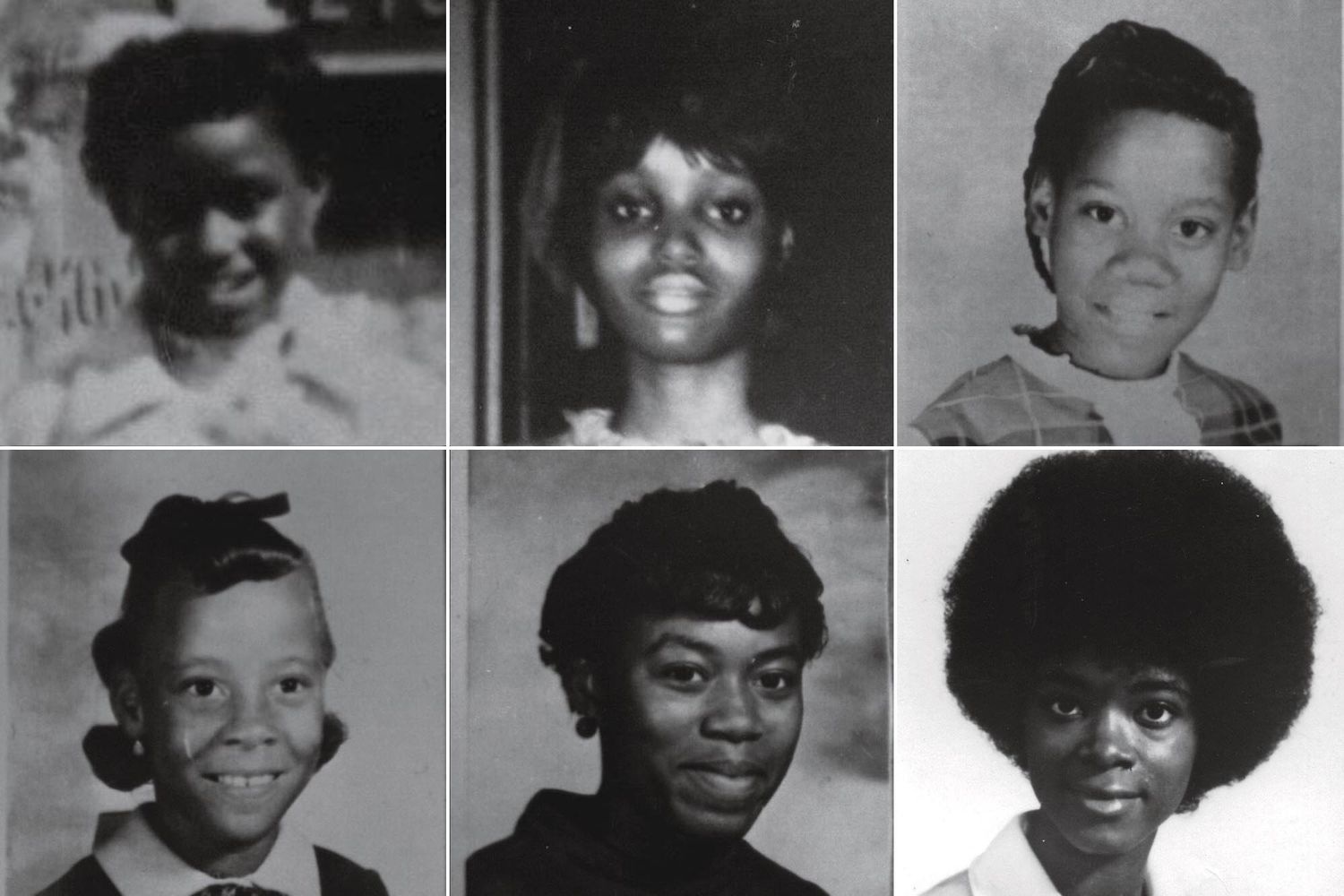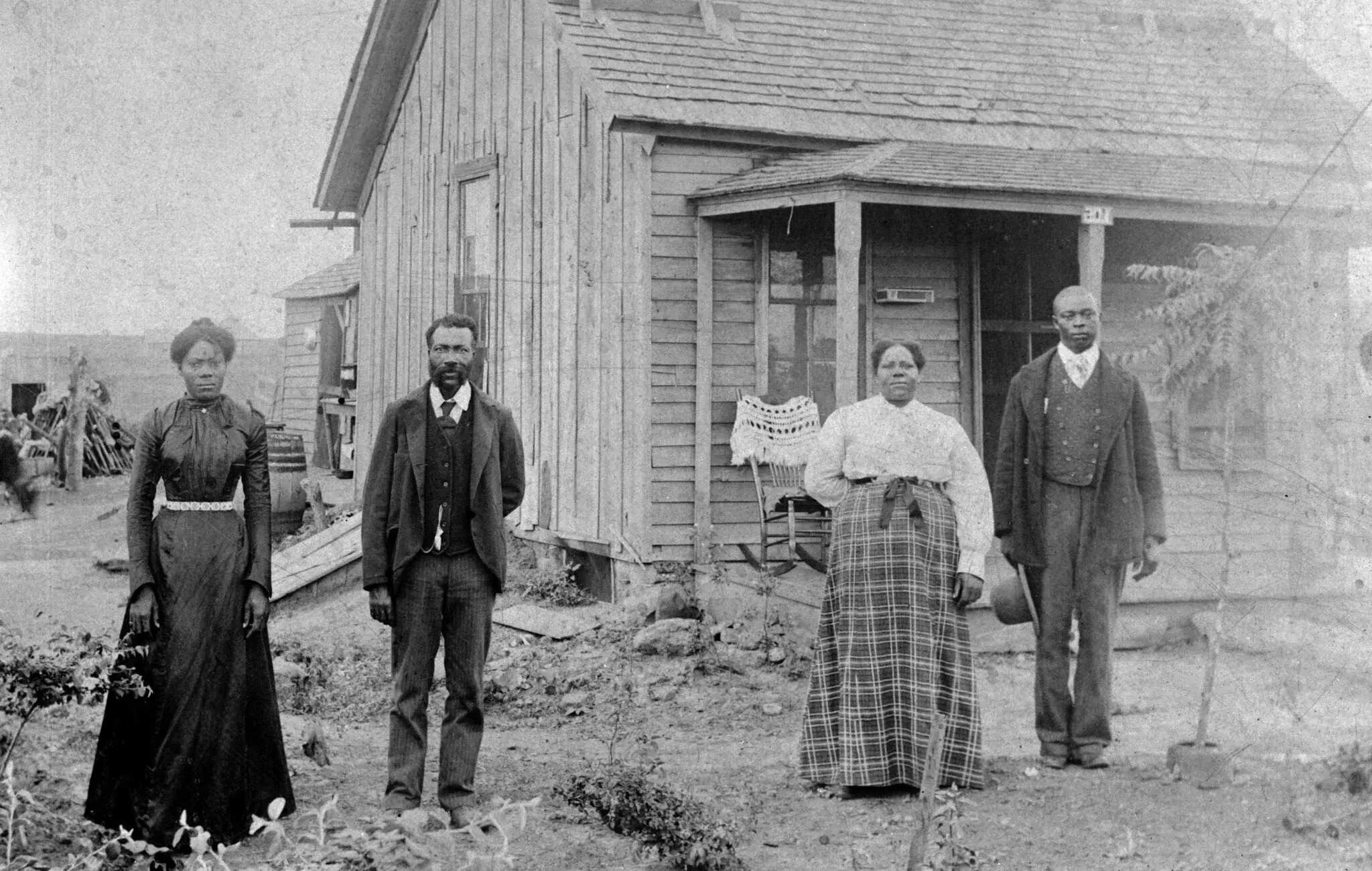
Who was the Freeway Phantom? The Freeway Phantom was a mysterious and terrifying figure who haunted Washington, D.C., during the early 1970s. This unidentified serial killer claimed the lives of six young African American girls between 1971 and 1972. Despite extensive investigations, the Freeway Phantom was never caught, leaving a chilling legacy that still haunts the community. The nickname "Freeway Phantom" came from the locations where the bodies were found, often near highways. This case remains one of the most perplexing unsolved mysteries in American criminal history. Let's delve into 35 chilling facts about the Freeway Phantom that will leave you questioning how such a case remains unsolved.
Key Takeaways:
- The Freeway Phantom was an unidentified serial killer who targeted young African American girls in Washington, D.C. during the early 1970s, leaving the case unsolved and the community in fear.
- The case of the Freeway Phantom remains a haunting mystery, sparking public outcry and influencing how law enforcement handles similar investigations, while the victims' families continue to seek justice and closure.
The Mysterious Case of the Freeway Phantom
The Freeway Phantom is an unidentified serial killer who terrorized Washington, D.C., during the early 1970s. The case remains unsolved, leaving many questions unanswered.
- The Freeway Phantom's first known victim was Carol Spinks, a 13-year-old girl abducted on April 25, 1971.
- Carol's body was found six days later, discarded near the I-295 freeway.
- The killer's nickname, "Freeway Phantom," comes from the locations where the bodies were discovered, often near freeways.
- The second victim, Darlenia Johnson, was abducted on July 8, 1971.
- Darlenia's body was found 11 days later, also near I-295.
- The third victim, Brenda Crockett, was only 10 years old when she was abducted on July 27, 1971.
- Brenda managed to call home twice during her abduction, but her body was found hours later.
- The fourth victim, Nenomoshia Yates, was 12 years old and was abducted on October 1, 1971.
- Nenomoshia's body was found just hours after her abduction, near Pennsylvania Avenue.
- The fifth victim, Brenda Woodard, was 18 years old and was abducted on November 15, 1971.
- Brenda Woodard's body was found the next day, with a note from the killer in her pocket.
- The note in Brenda Woodard's pocket was the only direct communication from the killer.
- The final known victim, Diane Williams, was 17 years old and was abducted on September 5, 1972.
- Diane's body was found the next day, near I-295.
The Investigation and Suspects
Despite extensive investigations, the Freeway Phantom case remains unsolved. Various suspects were considered, but none were definitively linked to the crimes.
- The Metropolitan Police Department of the District of Columbia led the investigation.
- The FBI was also involved in the case, providing additional resources and expertise.
- One early suspect was Robert Askins, a convicted murderer with a history of violence against women.
- Askins was never charged in connection with the Freeway Phantom murders due to lack of evidence.
- Another suspect was a group of men known as the "Green Vega Rapists," who were active in the same area.
- The Green Vega Rapists were questioned but never charged in connection with the murders.
- The case was reopened in 1987, but no new evidence was found.
- In 2009, the case was featured on the TV show "America's Most Wanted," but no new leads emerged.
- DNA evidence from the crime scenes was tested in 2010, but no matches were found in the national database.
The Victims' Families and Public Reaction
The families of the victims and the public were deeply affected by the Freeway Phantom murders. The case generated significant media attention and public outcry.
- The victims' families have continued to seek justice and closure for their loved ones.
- Community leaders and activists have called for more resources to be dedicated to solving the case.
- The case has been the subject of numerous books, articles, and documentaries.
- The Freeway Phantom case highlighted issues of race and class, as all the victims were African American girls from working-class families.
- The public's fear and outrage led to increased pressure on law enforcement to solve the case.
The Legacy of the Freeway Phantom
The Freeway Phantom case remains one of Washington, D.C.'s most infamous unsolved mysteries. It has had a lasting impact on the community and law enforcement.
- The case has influenced how law enforcement handles serial killer investigations.
- It has also raised awareness about the importance of protecting vulnerable populations.
- The Freeway Phantom case is often compared to other infamous unsolved cases, such as the Zodiac Killer and the Atlanta Child Murders.
- The case has inspired numerous fictional works, including novels and TV shows.
- The victims are remembered through memorials and community events.
- The case remains open, with law enforcement continuing to seek new leads and evidence.
- The Freeway Phantom's identity and motives remain a mystery, leaving the case shrouded in intrigue and speculation.
Final Thoughts on the Freeway Phantom
The Freeway Phantom case remains one of the most chilling unsolved mysteries in American history. Between 1971 and 1972, six young African American girls were abducted and murdered in Washington, D.C., leaving a community in fear and a trail of unanswered questions. Despite extensive investigations, the identity of the killer remains unknown. The case highlights the importance of persistent efforts in solving cold cases and bringing justice to victims and their families. Advances in forensic technology offer hope that one day, the Freeway Phantom will be identified. Until then, the memories of the victims serve as a somber reminder of the work still needed to ensure such tragedies are prevented in the future. The quest for answers continues, driven by the hope that justice will eventually prevail.
Frequently Asked Questions
Was this page helpful?
Our commitment to delivering trustworthy and engaging content is at the heart of what we do. Each fact on our site is contributed by real users like you, bringing a wealth of diverse insights and information. To ensure the highest standards of accuracy and reliability, our dedicated editors meticulously review each submission. This process guarantees that the facts we share are not only fascinating but also credible. Trust in our commitment to quality and authenticity as you explore and learn with us.


